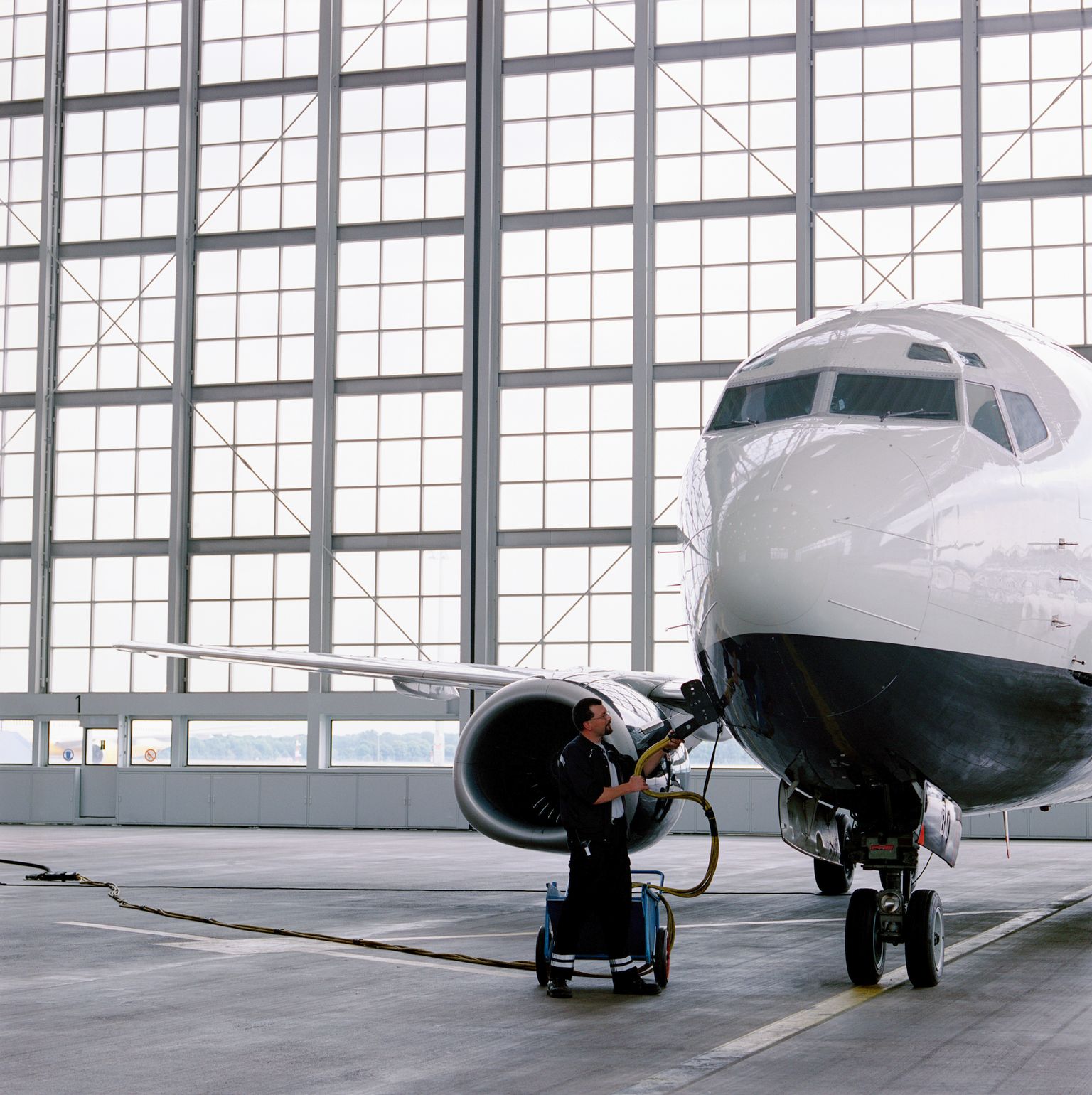
Safety & Loss Prevention: Hearing Loss
By Alliant
According to U.S. News and World Report, more than one-third of America’s 3 million farmers have hearing loss caused by daily exposure to loud machinery and livestock. Since federal regulations only apply to the largest of farms, many smaller farmers are on their own when recognizing their likelihood of hearing loss (EarQ, 2013).
Hearing loss from exposure to noise is common among workers in the farming industry. Hearing loss is permanent and irreversible and gradually worsens. Employees are exposed to a number of loud noises during a routine day. Fortunately, hearing loss can be prevented.
How is Noise Measured?
Sound levels are measured in units of decibels (dBA) and sound levels registering above 85 dBA are thought of as unsafe. Any noise that leaves an employee with ringing in the ears or a temporary reduction of hearing
should be limited.
- At 91 decibels, your ears can tolerate up to two hours of exposure.
- At 100 decibels, damage can occur within 15 minutes of exposure.
- At 112 decibels, damage can occur with only one minute of exposure.
- At 140 decibels, immediate nerve damage can occur.
How to Protect Hearing:
- Performing regular maintenance and replacing worn parts to reduce noise levels.
- Enclosed cabs on tractors and other machinery isolate employees from noise.
- Use hearing protection such as safety earmuffs and expandable earplugs.
- Label areas that are high noise zones and have ear protection readily available.
- Avoid using airpods/earbuds in place of safety earplugs.
Noise Reduction Rating (NRR) shows the level of protection the earmuffs/earplugs provide. Employers
should provide employees with the highest-rated protection. Employers should limit the amount of time
employees are exposed to harmful noise levels.
Maximum Exposure:
The table below displays common farming sounds and the amount of exposure that is considered safe. The times indicate the maximum amount of time someone can be safely exposed to noise when NOT wearing
hearing protection.

Alliant note and disclaimer: This document is designed to provide general information and guidance. Please note that prior to implementation your legal counsel should review all details or policy information. Alliant Insurance Services does not provide legal advice or legal opinions. If a legal opinion is needed, please seek the services of your own legal advisor or ask Alliant Insurance Services for a referral. This document is provided on an “as is” basis without any warranty of any kind. Alliant Insurance Services disclaims any liability for any loss or damage from reliance on this document.
News & Resources




